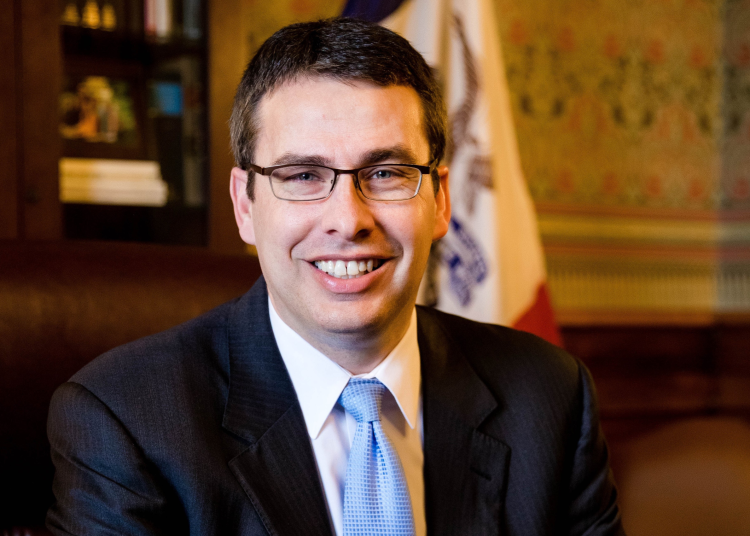In May 2022, after 70 years of operations, the nation’s last Howard Johnson restaurant closed its doors in Albany, New York. Across the nation, restaurants, much like HoJo, are failing at a rapid pace, with 110,000 restaurants shuttering operations in 2020 alone.
One of the prime factors accounting for the failure is the inability to find and hire workers. In April 2022, there were 1.5 million job openings in the leisure and hospitality industry, up from 1.2 million one year earlier. Across all U.S. industries, there were 1.5 job openings for every one unemployed. What are the causes?
While the lack of affordable child care, and the fear of COVID-19 infection were, and are, important factors, this column will focus on government social benefit payments that narrowed the gap between the pay for working and government support for not working.
After the onset of the pandemic in March 2020, federal, state and local government agencies launched or expanded these social programs: Rental assistance and eviction moratoriums, mortgage relief, child care assistance, food stamps, homeless services, help paying for internet services, funeral assistance and student loan forbearance. Each of these programs reduced the net benefits for each dollar of earnings and encouraged workers to leave the workforce.
According to the U.S. Bureau of Economic Analysis, federal and state social benefits soared from $3.12 trillion in Q4 2019 to $3.83 trillion in Q1 2022, or an increase of $711.3 billion (annualized and seasonally adjusted). Thus, for every U.S. worker who remained out of the workforce in Q1 2022, the federal and state social service agencies spent $405,000 (annualized). This calculation ignores the fact that a significant portion of the benefits is paid to employed/unemployed workers in the workforce (e.g. extended unemployment benefits).
Not only is this support for remaining out of the workforce a concern, but during each U.S. recession, government support has expanded as a share of GDP, not to return to its previous level. For example, since Q1 1989, the overall U.S. economy (GDP) expanded by 342.4%, but social spending soared by 653.6%.
Given that the U.S. recession ended in Q2 2020, the 2020-21 escalation of government support for non-work should concern both policymakers and non-policymakers for the future.
Professor Ernie Goss is the Jack MacAllister Chair in Regional Economics at Creighton University.




